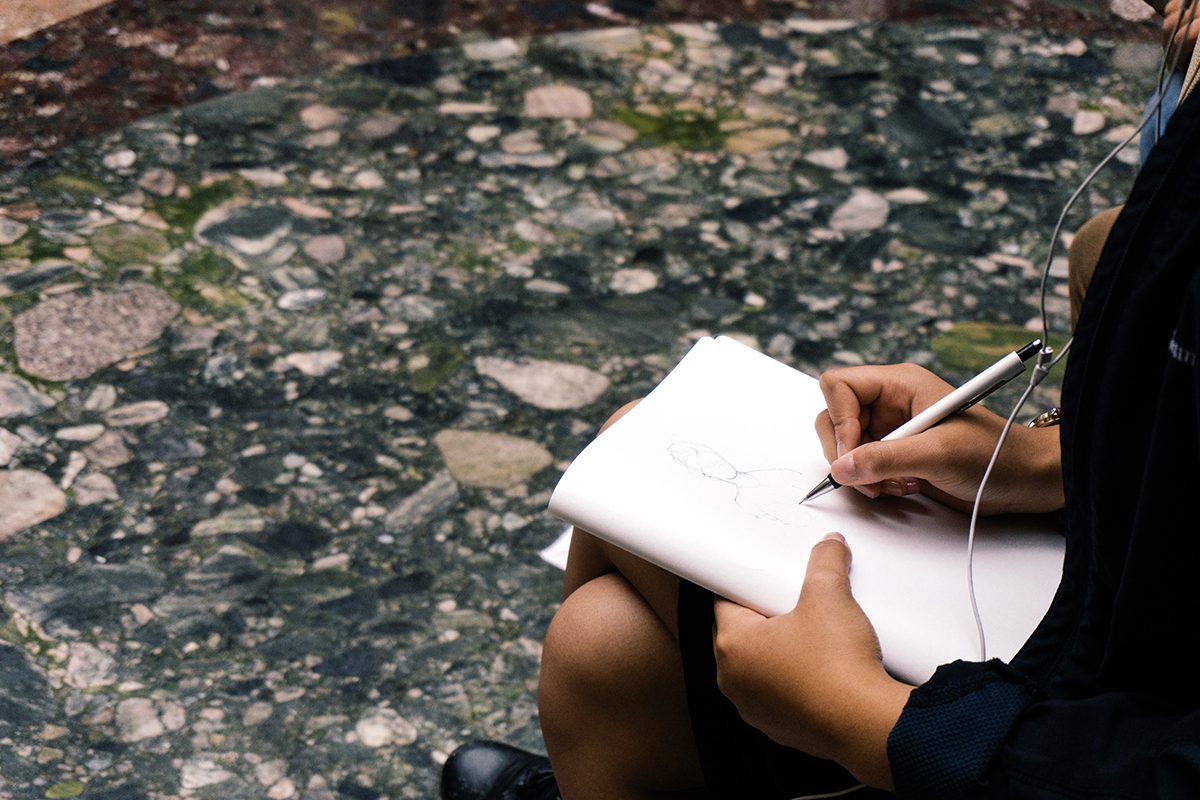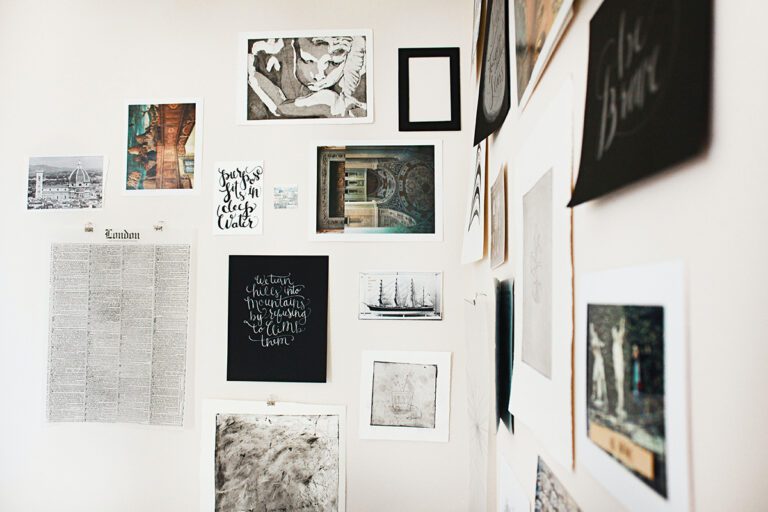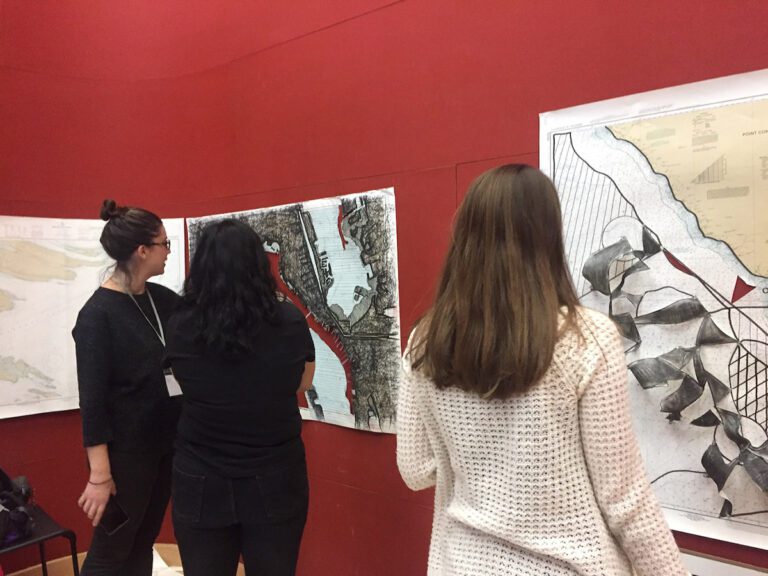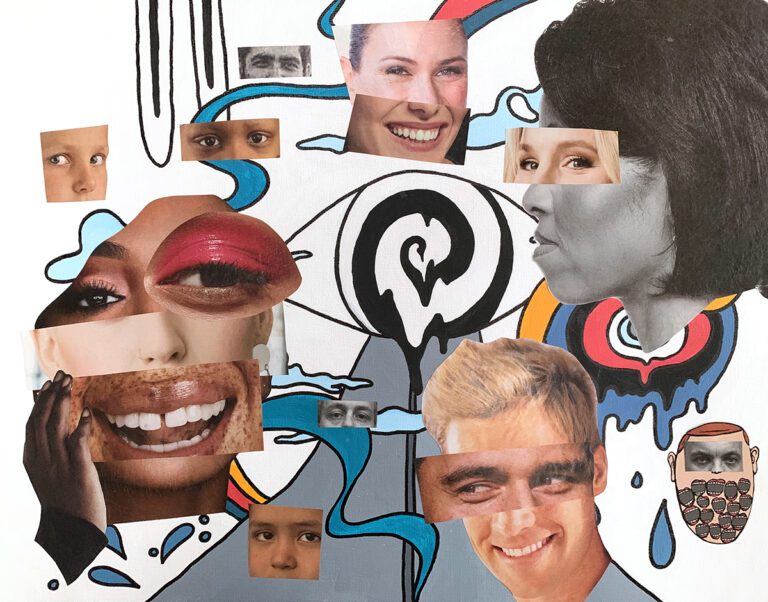Let’s take a moment to acknowledge that the past year and a half has been difficult. It has been traumatic for teachers, students, families, and communities. Entering this school year, many of us are on campus for the first time since last March. As much as we don’t want to face it, the reality is that there are going to be gaps in learning. Across all grade and subject levels, students will experience gaps. This will include our advanced art students. Imagine an AP artist who may never have had a face-to-face foundations studio course! As we begin to adjust to this new normal, let’s take time for deep breaths and empathy. We must shift our perspective. We can meet our students where they are and provide them with fresh opportunities to grow and learn!
Let’s tackle how to formatively assess our advanced art students and then share three ways to reinforce the foundations of art.
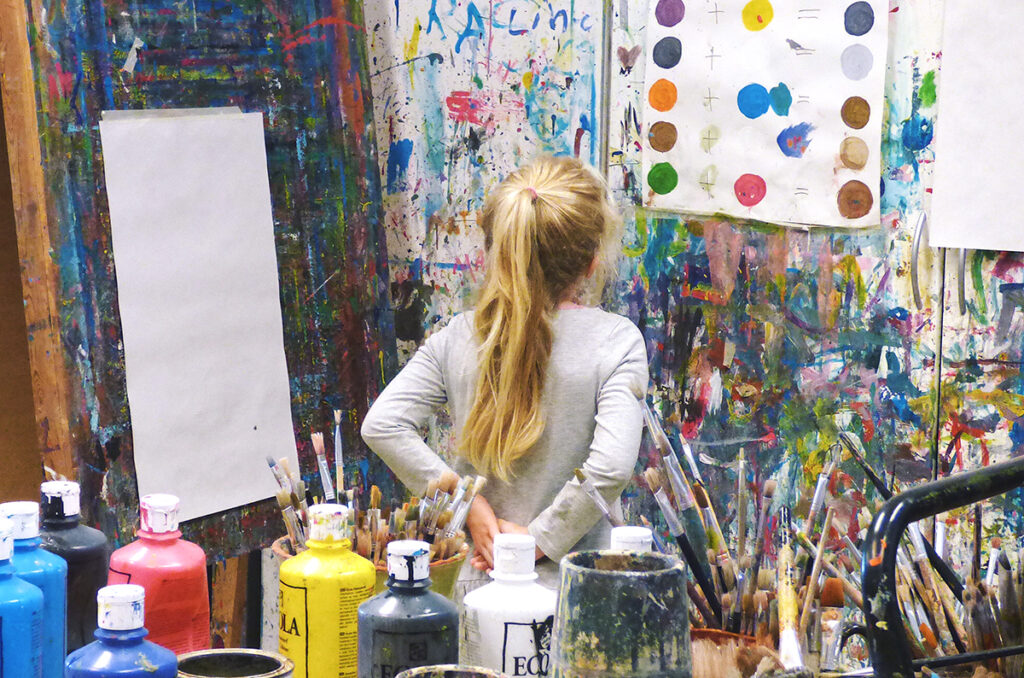
First, consider what you expect students to know when they walk into your advanced class.
Ask yourself the following questions to guide your reflection:
- What techniques and media do I expect students to be competent in?
- What vocabulary do I want my students to know and understand?
- What planning, critical thinking, and reflective skills do I hope my students gain?
- Is there anything else that is vital for success in this advanced art class?
Examine the National Core Arts Standards and your state standards. If you teach AP Studio Art or IB Visual Art, look at the expectations set out by the College Board and International Baccalaureate. Reflect on your curriculum goals for the year. Distill your reflections down into a few short activities.
Start with a pre-test for a formative assessment. This is a great way to get students making art from day one! It is also a way to get helpful information about where each of your students are at. You can assess baseline skills, techniques, processes, and content before providing instruction. These pre-tests can also align with your student learning objectives (SLOs).
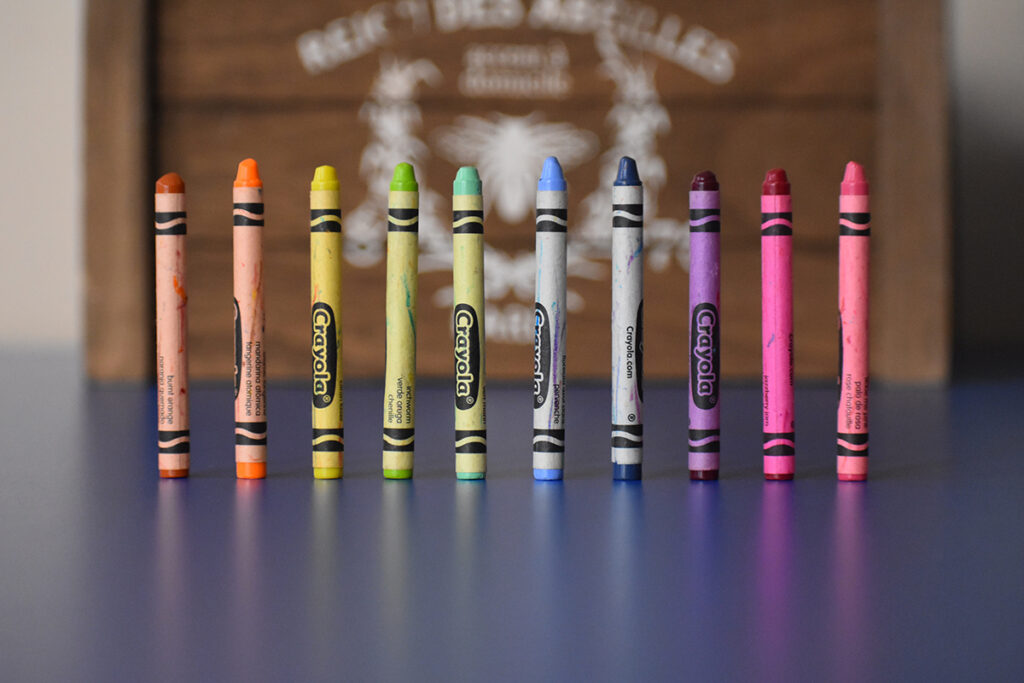
Here are three simple pre-tests you can do at the beginning of the year:
- Analyze one artwork by an exhibiting artist.
- Create a small artwork in class that includes the seven elements of art.
- Write a brief artist statement about their artwork that includes the elements of art.
To keep engagement and enthusiasm high, remove the pressure of a grade. Consider keeping these pre-tests as self-assessments because it encourages autonomy and self-reflection. We do not want to set a climate where students constantly rely on you for instruction and next steps. Plus, students are usually harder on themselves than their instructors are. Take some time to look through each student’s formative assessment. Consider if major interventions or quick refreshers need to take place as an entire class, in small groups, or as individual students.
Now let’s look at three ways to review the foundations of art with your advanced students.
1. Set up a growth portfolio.
As students reflect on their formative assessment, have them consider what areas they think they need to work on most. Guide them through writing an attainable goal to fill in one identified gap. Scaffold students through the process of documenting research, experimentation, and reflection. A useful thing about growth portfolios is they can be completed in a week or two or last an entire semester. Decide how long you want students to work on their growth portfolio. Will this be a way to start the year or will students continue to build their portfolios as the semester progresses?
For a more detailed look at growth portfolios, check out how to Celebrate Learning With a Growth Portfolio.
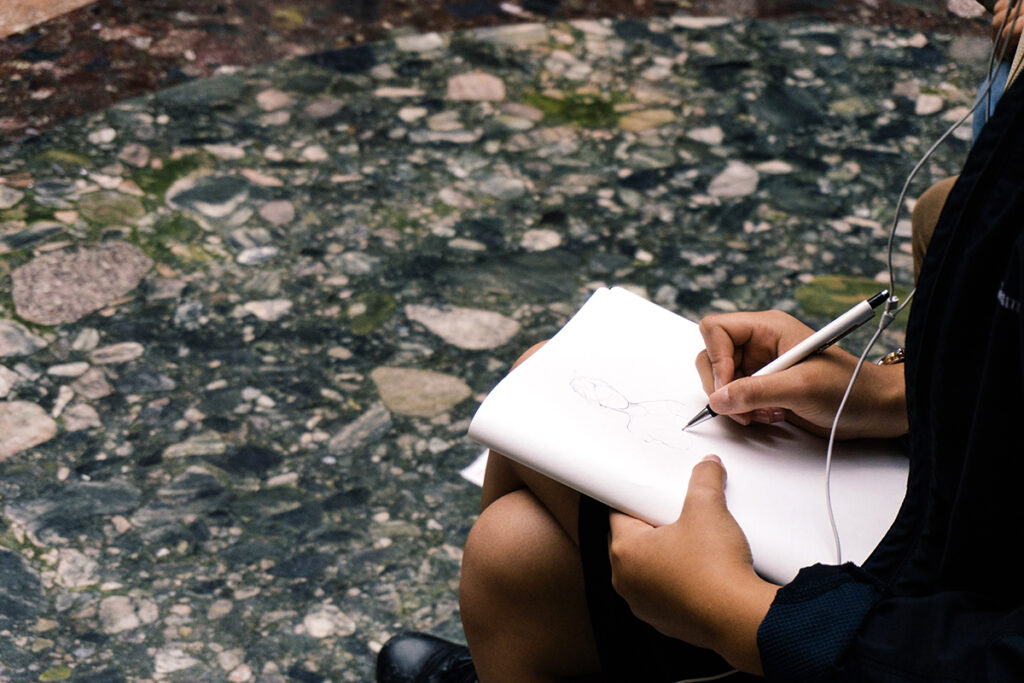
2. Give a team design challenge.
There might be consistent gaps in learning throughout your advanced class. When this is the case, it’s time for a team design challenge! Write a brief challenge for your students. Pair something that students were successful with alongside something students struggled with. For example, imagine your students had a good sense of composition but couldn’t remember the terminology around the elements of art. A good design challenge might be for each group to design a poster. The poster will define and share an example of each element of art. At the end of the challenge, each group will present their design to the class. Afterward, hold a class discussion and critique. Have students vote on which poster was the most successful. This is also an easy way to decorate your walls at the start of the school year!
For more design challenge ideas, check out A Great eLearning Lesson Inspired by Design and this list of sketchbook prompts.
3. Create tutorials for intro-level classes.
You might notice that there are learning gaps in specific techniques or forms of media. Have students create tutorial videos for your level-one students. This serves as a review of foundational knowledge. It also equips your newest art students with peer-generated resources. For this to work, your students will need to have access to a device with a camera and recording capability. You will also need to familiarize yourself with your district’s guidelines on sharing student work and faces.
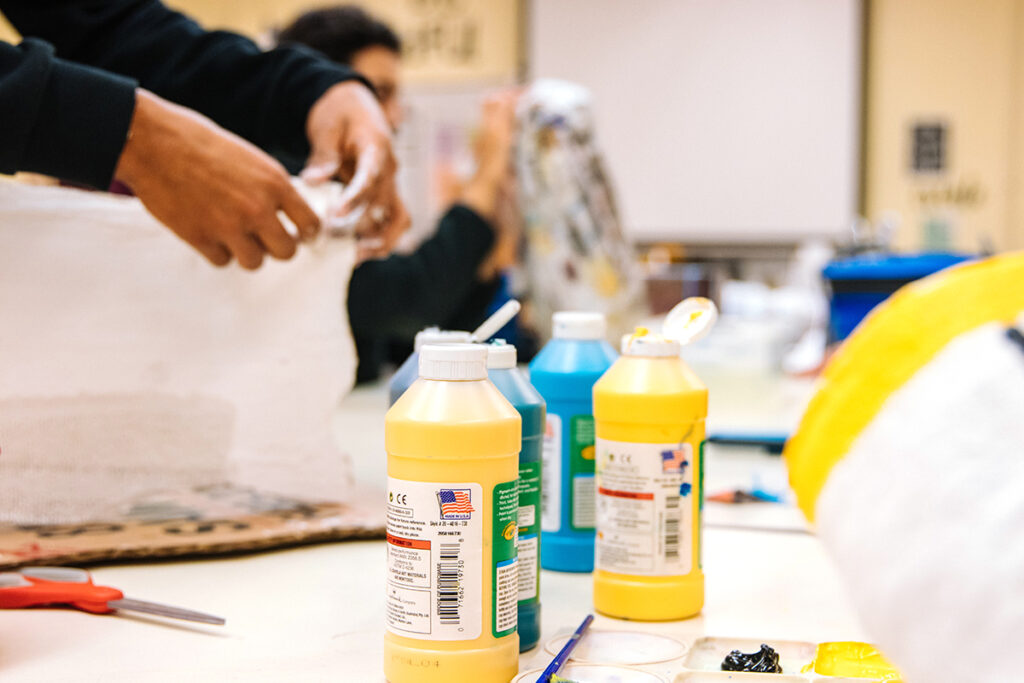
Ask students to select a technique or medium to focus on for their tutorial video or assign them one. This can be a technique or medium they need to improve or are proficient at. Students can create a three-minute tutorial video. The video should introduce the technique or medium showrate how to use it with correct terminology. Give the students a week to experiment, seek out class experts, and film their videos.
Flipgrid is a quick and easy way for students to create and share their tutorial videos. Here is an article about using it in your classroom!
If we know students will have gaps in their learning, it can be daunting to return to our advanced classes. It is important to approach these gaps with empathy and a shift in mindset. Learning gaps do not need to be negative but can be a positive opportunity with tons of growth. This is especially vital at the start of the year because we want to build excitement for art and artmaking. Implementing and documenting pre-tests in our art room from day one is important. You will be able to see the gaps and help students grow.
What are three measurable skills you expect your advanced students to have on the first day of class?
What is your favorite pre-test to do with advanced students at the beginning of the year?
How do you get your students to take ownership as they track their own goals and learning?
Magazine articles and podcasts are opinions of professional education contributors and do not necessarily represent the position of the Art of Education University (AOEU) or its academic offerings. Contributors use terms in the way they are most often talked about in the scope of their educational experiences.
